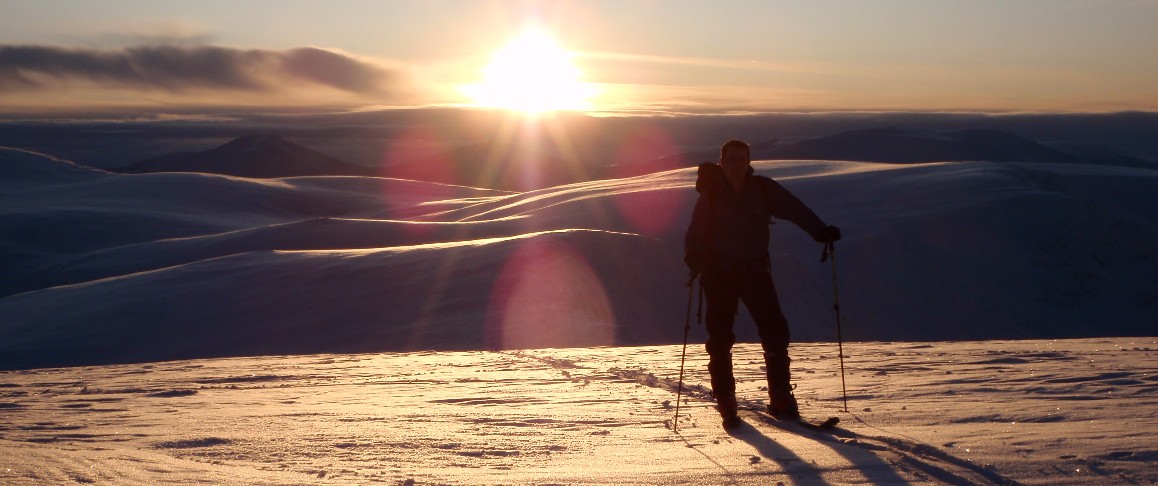
A code of conduct to minimise impact:
If you are unsure where to go check with a member of staff for information on where to ski safely.
Keep reading for the full Snowsports Touring Code - please follow it and explore responsibly
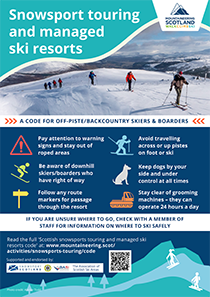
In recent years with the growth in popularity of snowsport touring allied to a lack of snow, problems have occasionally arisen between different user groups and the operators of the five Scottish ski centres. Please follow the guidance below when passing through ski resorts.
Where signed or promoted touring/walking routes exists, please follow the route markers or reasonable advice from the ski patrol. If that is not available, please stay outside of obviously managed areas, and avoid using prepared or obviously managed areas such as uptracks and groomed slopes.
For your own safety and the safety of other users, avoid crossing or going uphill on managed slopes whilst downhill skiing is taking place. Avoid ascent and descent of slopes while the surface is being groomed.
We would encourage snowsports tourers to consider taking advantage of any touring ticket offers for ease of uplift through the managed areas and descent on the piste.
In summary, you can walk, ski or snowboard wherever access rights apply but only where this does not interfere with the running of the business or downhill skiing use of ski resorts. Please minimise your impact on the environment, on other users, and with ski resort management operations.
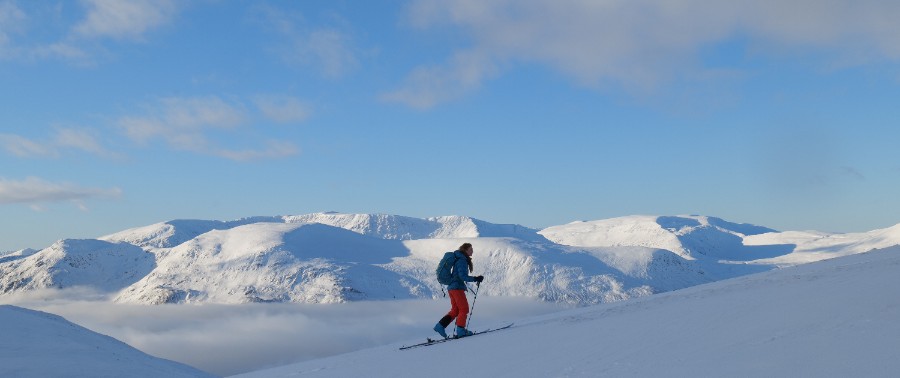
Photo: Alistair Todd
The snowsports touring access code has been developed with our partners and the endorsement of resort managers and users to raise awareness of tourers’ access rights and responsibilities and help everyone enjoy their day out on the hill.
This Code has been produced by Mountaineering Scotland and endorsed by:
Working with Snowsport Scotland, Glenshee, Glencoe Mountain, Lecht 2090 and Cairngorm Mountain, we have developed new Walking and Ski-Touring Signage at Scottish Ski Centres.
This signage aims to:
By improving communication and removing barriers to participation, this initiative will enhance the visitor experience, ease existing pressures, and support sustainable access for a wider range of outdoor users. Find access guidance for three centres below.
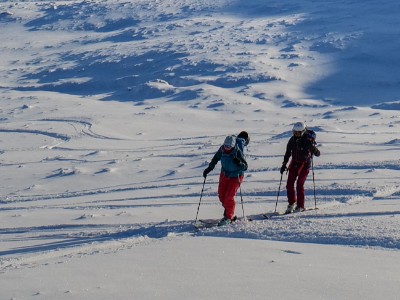
Photo: Alistair Todd
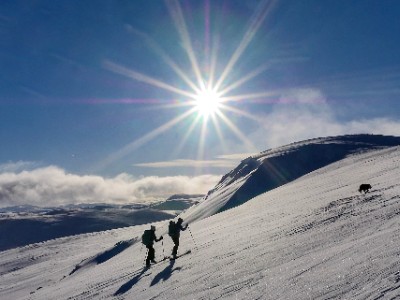
Photo: Alistair Todd
If you are unsure where to go within the resort area then please ask a member of staff or ski patrol. They will be happy to help and will have information on the best and safest conditions and areas to ski.
